Watering Trees, Plants and Shrubs – Lawn Sprinkler Design Springfield MO
How to Water
Drip Systems —Advantage of drip systems is adding emitters and increasing the area watered as the plants grow, but most drip systems do not have enough well placed emitters.
Hoses — A perforated hose is a good device for watering, but can spray water in a random pattern.
Sprinklers — Your lawn sprinkler design can cover a large area but can be inefficient with plants, grass and trees because of wind and evaporation.
Watering Frequency
Water consumption rates vary among plant types. Plants that use a lot of water, such as willow trees, need more water than mature arid plants.
Root depth
Root depth has a huge impact on how often plants should receive water. For instance, deeper rooted plants do not need frequent watering periods, but somewhat surface deep roots may absorb the water faster and cannot hold the water for very long.
Watering Time
The amount of time needed to water your plants depends on your type of soil, your irrigation system, root depth, and weather. All of these characteristics of the plants can be seen by how quickly water is absorbed in the soil.
Weather
During the summer moths, plants tend to use 3 to 5 times as much water then they do during the winter. Watering your trees, plants and grass when summer is on the horizon is good practice once a week. If you have evergreen trees, in the winter they will keep moisture at their roots to keep from dying but generally the cold weather is normal for trees and plants to loose their leaves and even die.
Plant Type and Maturity
For new, young plants it is good to water them more than old established plants. After the new plants have been accustomed to their surroundings, and one year has passed it is good to start lessening the frequency of watering them. This allows the plant to adapt to lessened water and become tolerant.
Type of Soil Irrigation
Most of the time, you have multiple types of soil in your yard, but usually the top soil is what most people will see and use for their plants. However, if you have clay soil in your yard, this type holds water easily but if you have sandy soil, you should irrigate more often but less frequent.
Mulch
When water stays in the ground and does not evaporate, this is a good situation to be in because it doesn’t allow the plants to be in a drought or stressful situation. 3 to 4 inches of organic or rock mulch on top of a plant root area will reduce the frequency of watering because it is holding the water near the roots.
Under and Over-Watering Signs
When under-watering occurs, the soil becomes dry, the leaves will turn yellow or brown and can even fall off. Also, old leaves are wilted which shows the lack of water. When over-watering occurs there is water standing near the plant or tree, new leaves become yellow and brittle, shoots are wilted and mushrooms start to grow.

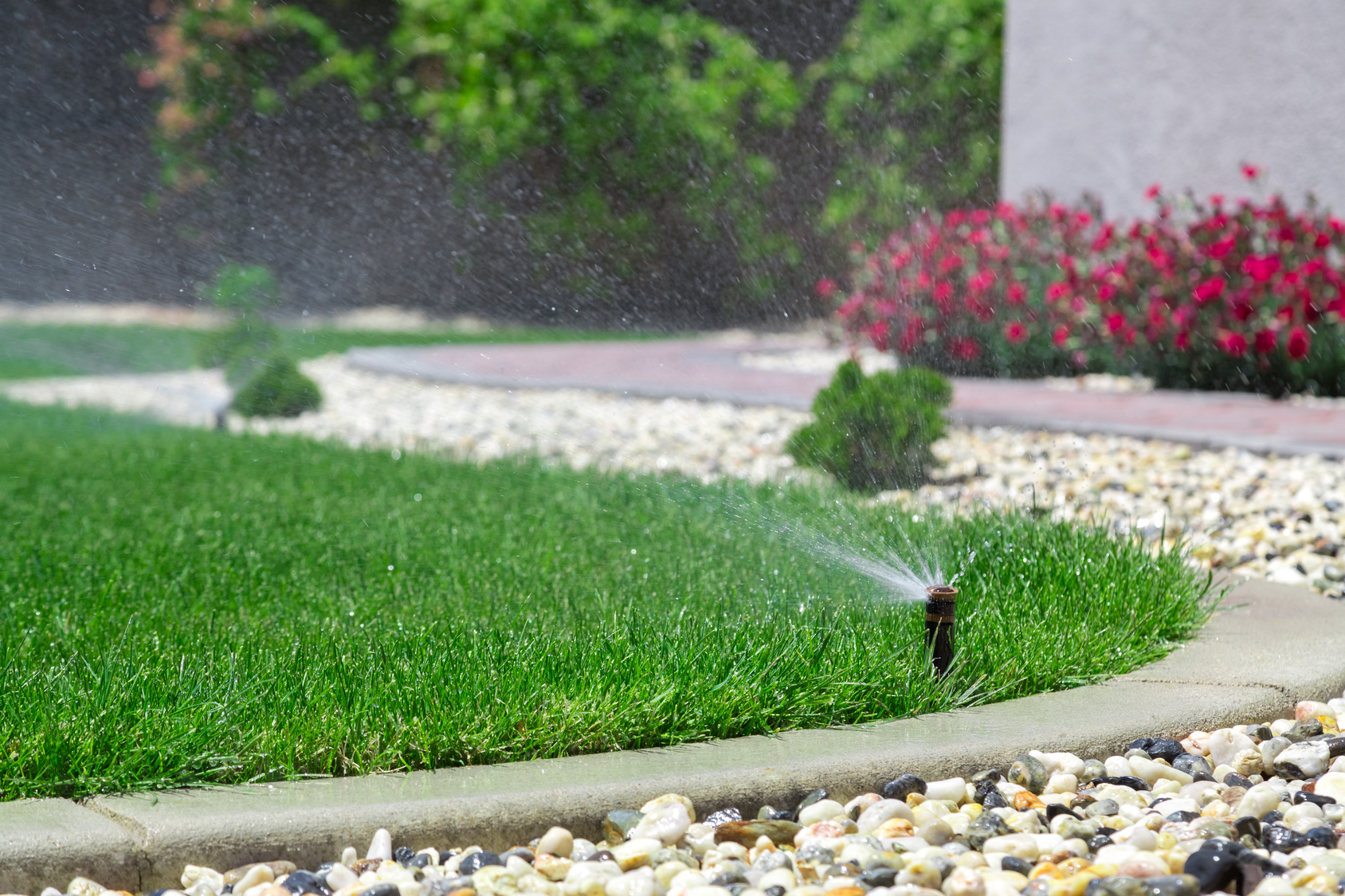
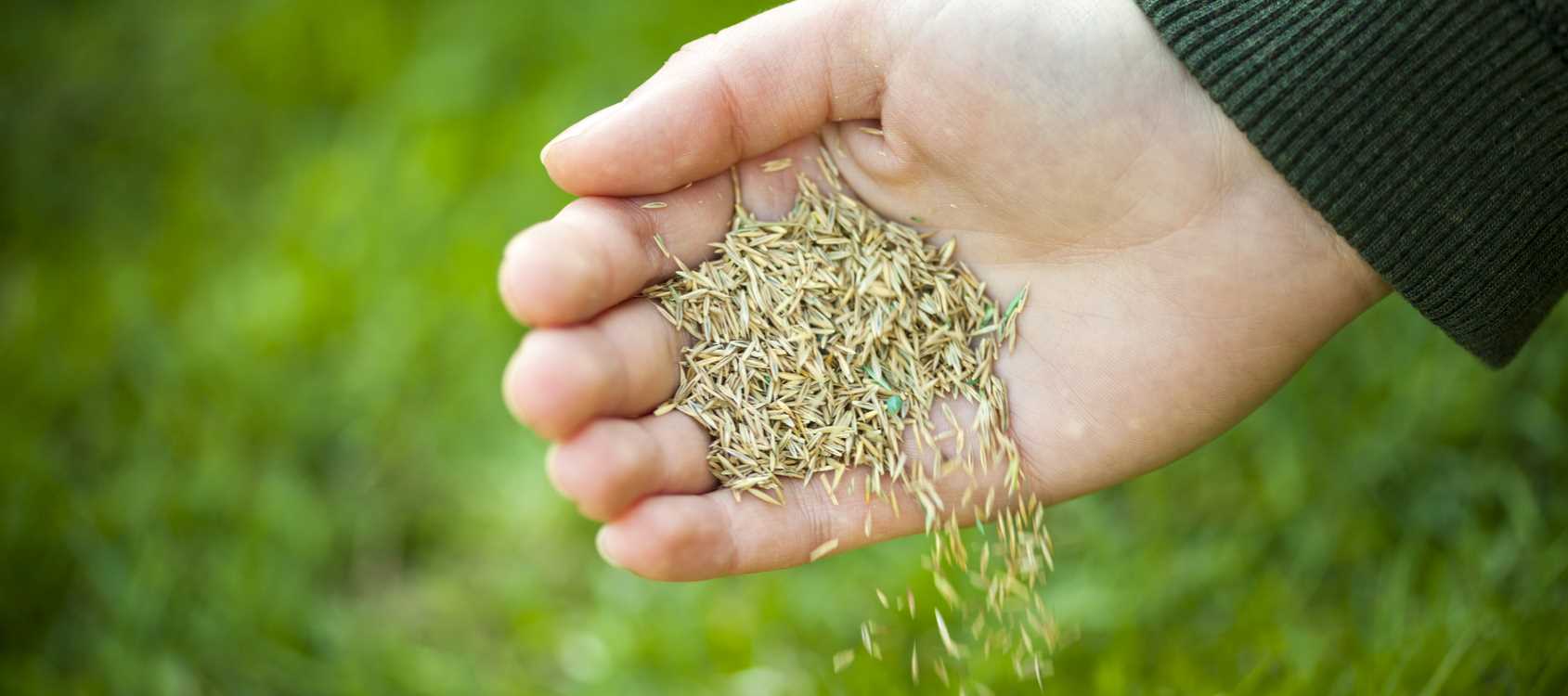
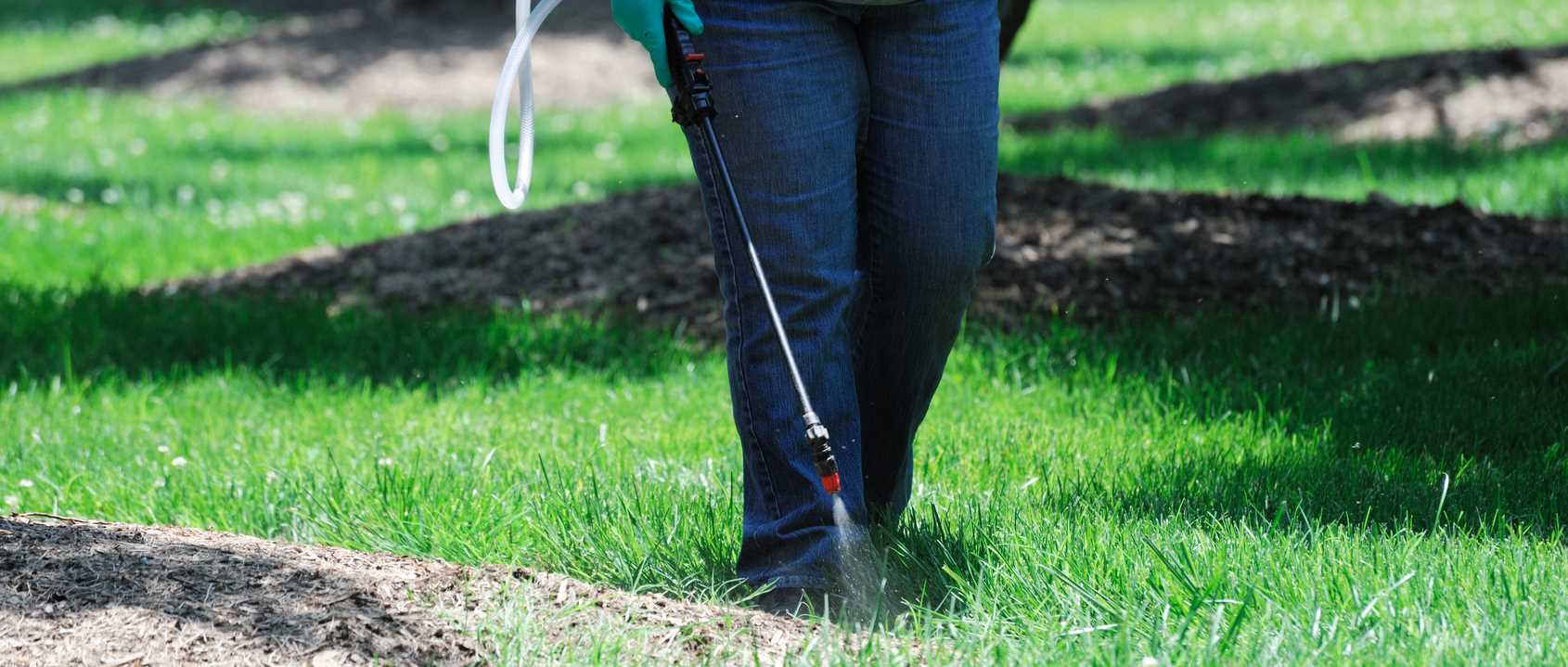

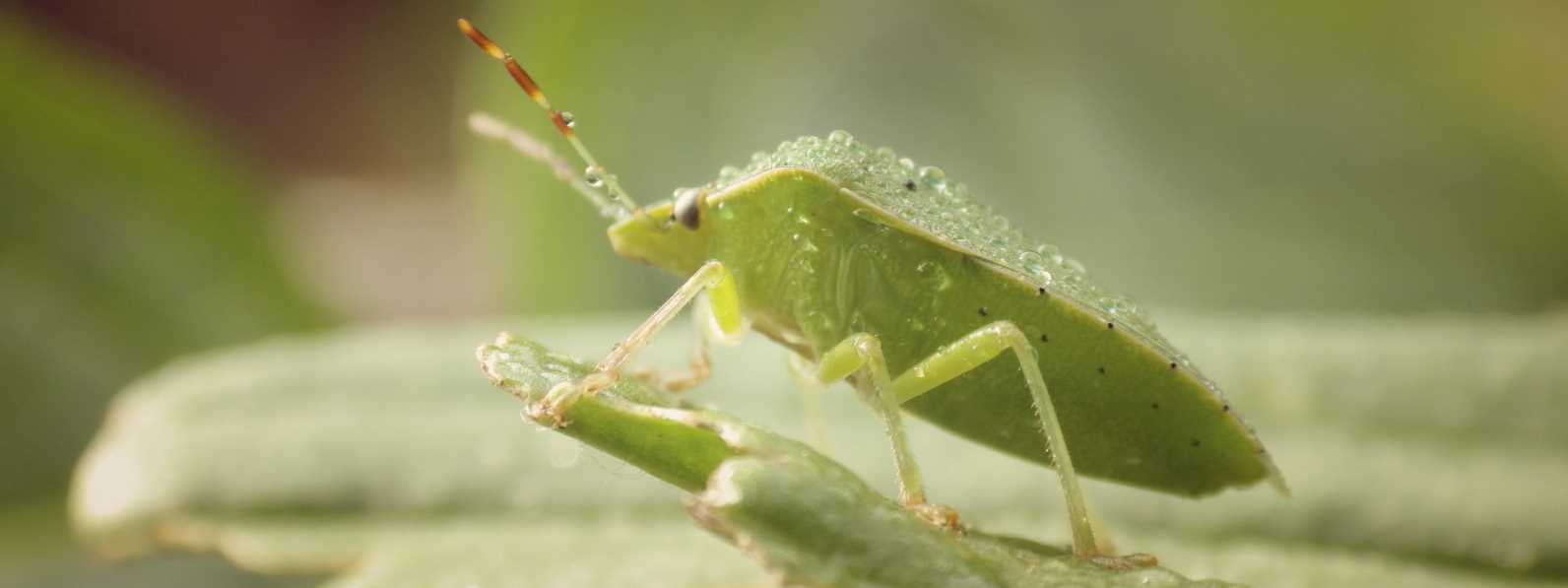
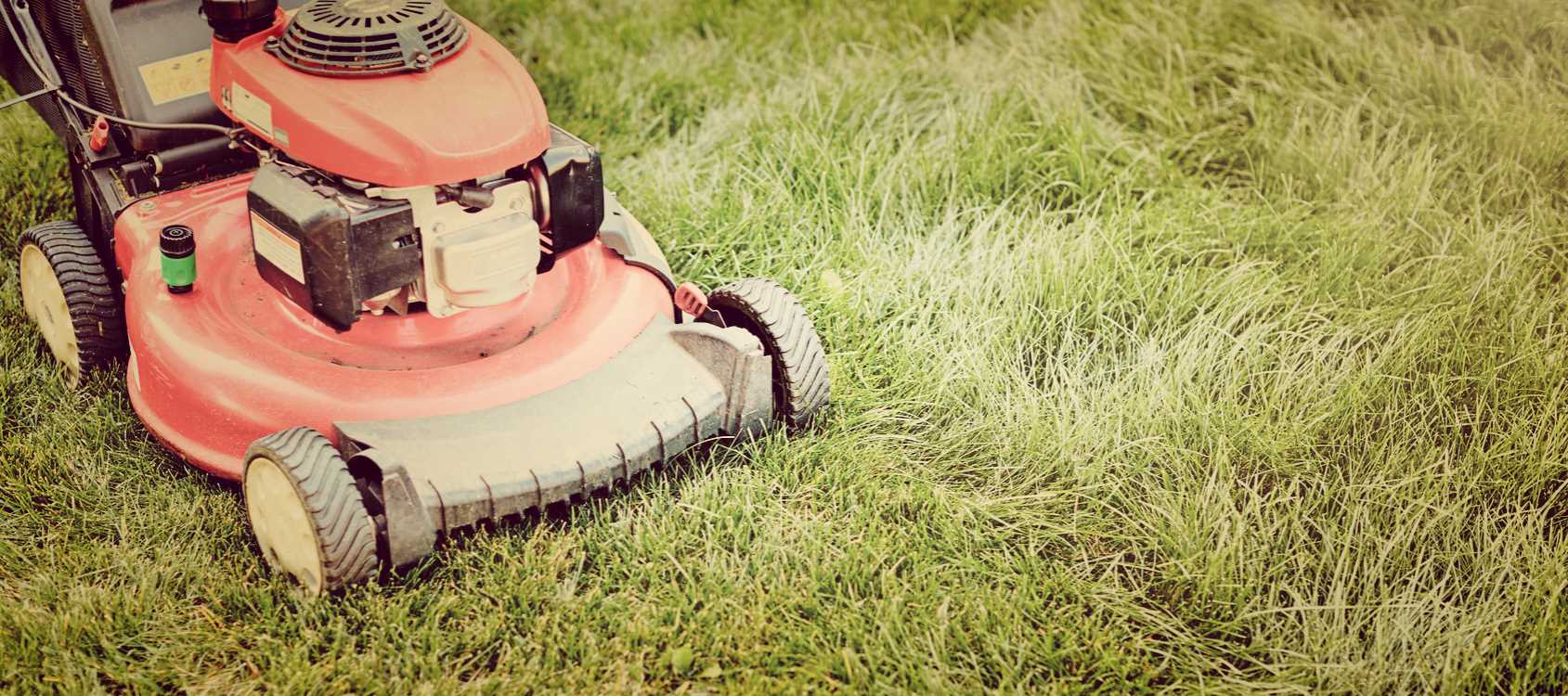
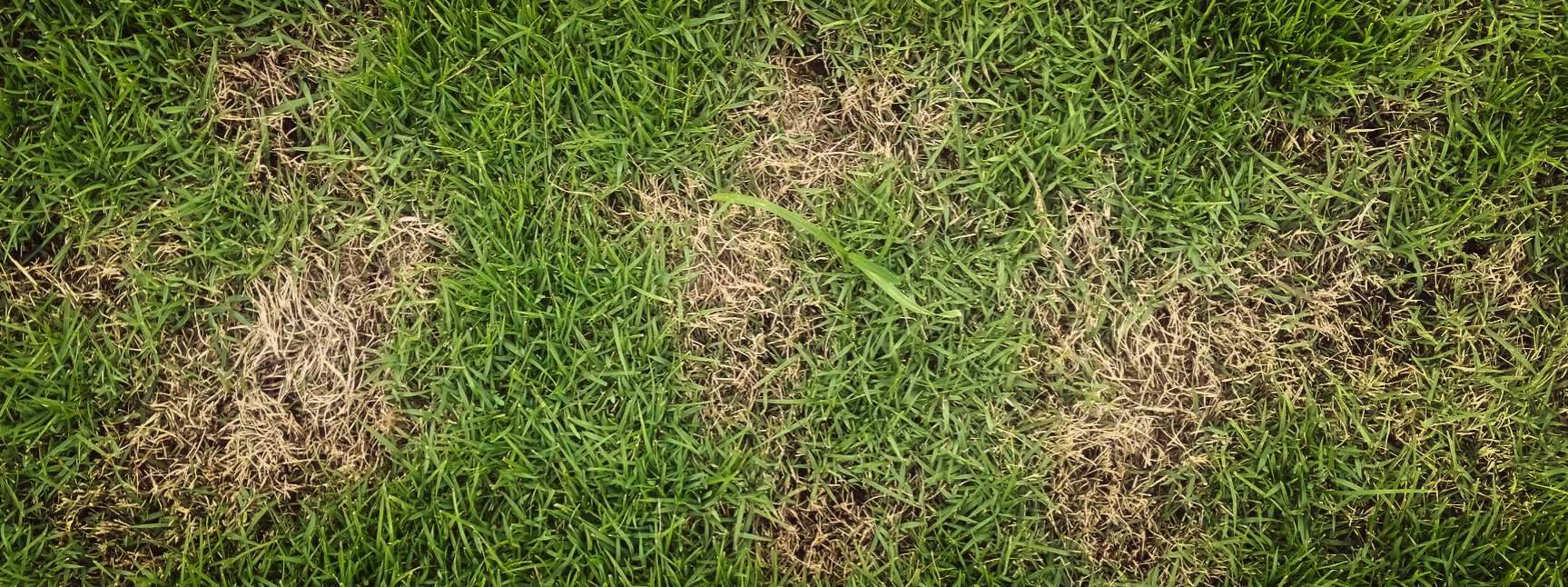



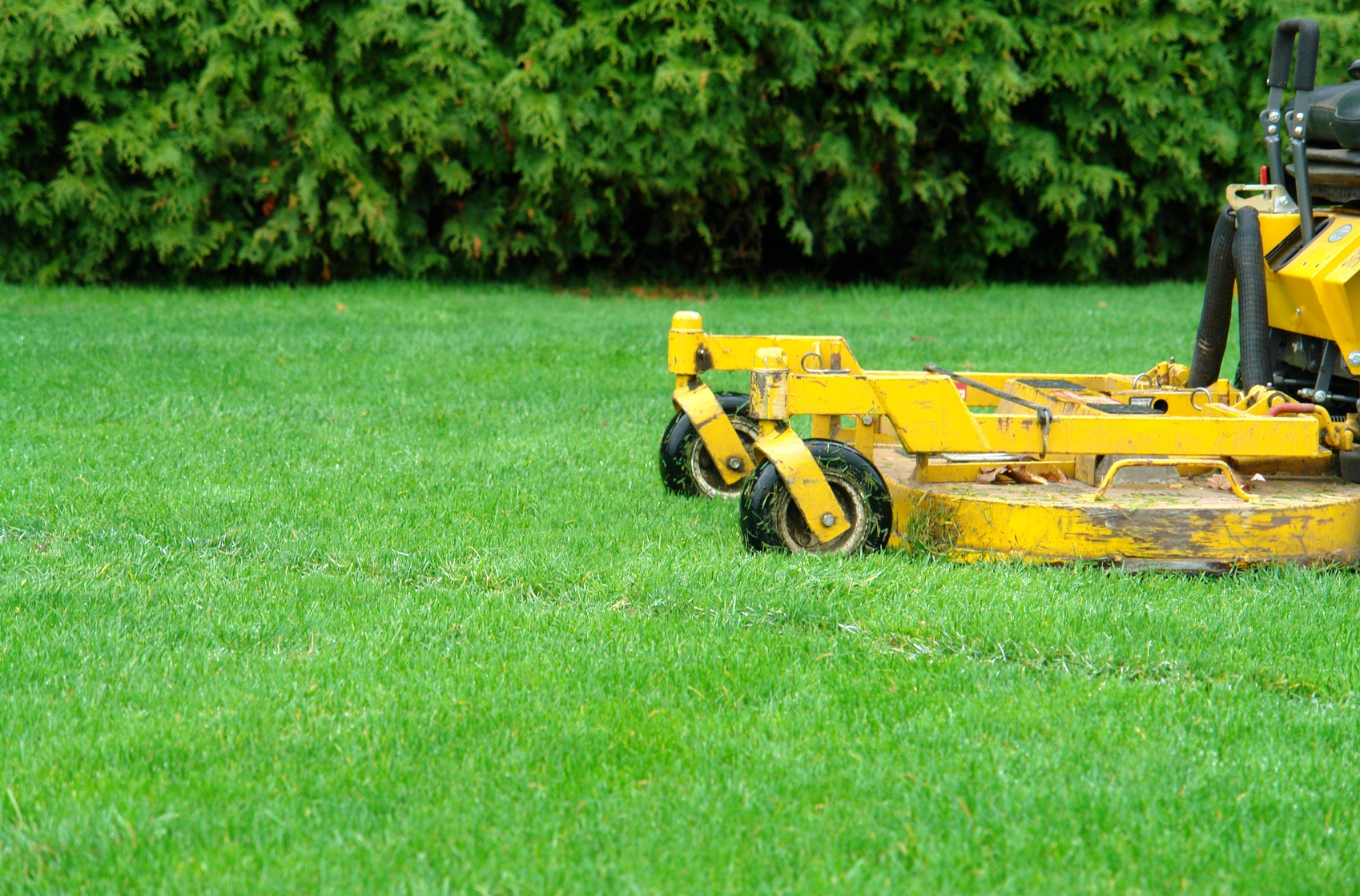

Leave a Reply
You must be logged in to post a comment.